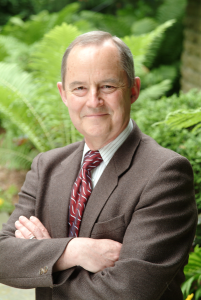 Researcher: Dr. Stanislav Kirschbaum, Department of International Studies, Glendon, York University.
Researcher: Dr. Stanislav Kirschbaum, Department of International Studies, Glendon, York University.
Research Questions: (1) Can religion serve as an outlet for political dissidence under a Communist regime? (2) What is the continuing relevance of religion as a vehicle for social and political action today?
Methodology: Historical investigation of Slovakian official archives and secondary sources. Interviews with key political actors (party members, civil servants, parliamentarians, president, etc). Dr Kirschbaum establishes a chronology of the events, identify the actors and issues, and weaves his findings in a compelling narrative.
Results and Conclusions: A better understanding of alternative methods of protest available to dissidents under communist rule, when political activity is tightly controlled.
Dissemination of Results:Dr. Kirschbaum has published 17 books and 78 peer reviewed articles on the politics and history of Central and Eastern Europe. He is the author of the first ever history of Slovakia in a non-Slovak language. His scholarship is disseminated in French, English, Slovak and German. This important contribution has been recognized by his peers and Dr Kirschbaum was made Chevalier de l’Ordre des palmes académiques de France. He was also inducted to the Royal Society of Canada in 2002.
Impact on the Discipline: While Slovak dissidents and scholars have published on the topic and Dr. Kirschbaum has mentioned it briefly in his book A History of Slovakia, the specificity of religious dissidence in communist Slovakia has been minimized or ignored. Since Slovakia did not have organized groups of political dissidents, this case illuminates the differences between ideological and religious forms of resistance.
Impact on Society and Potential Users: This research impacts society in a broad manner. By analyzing the past, we gain insight on the events of the present and future, providing invaluable information to policy-makers. The Slovakian case can also shed lights on the internal dynamics of other communist societies such as China, Cuba or North Korea.
Other Involved Parties: Slovak officials and active dissidents from the period who are still alive today.
Key Words: Slovakia, Slovak Dissidence, Religious Dissidence, Catholicism, Lutheranism, Eastern Europe, Communism, Nationalism

